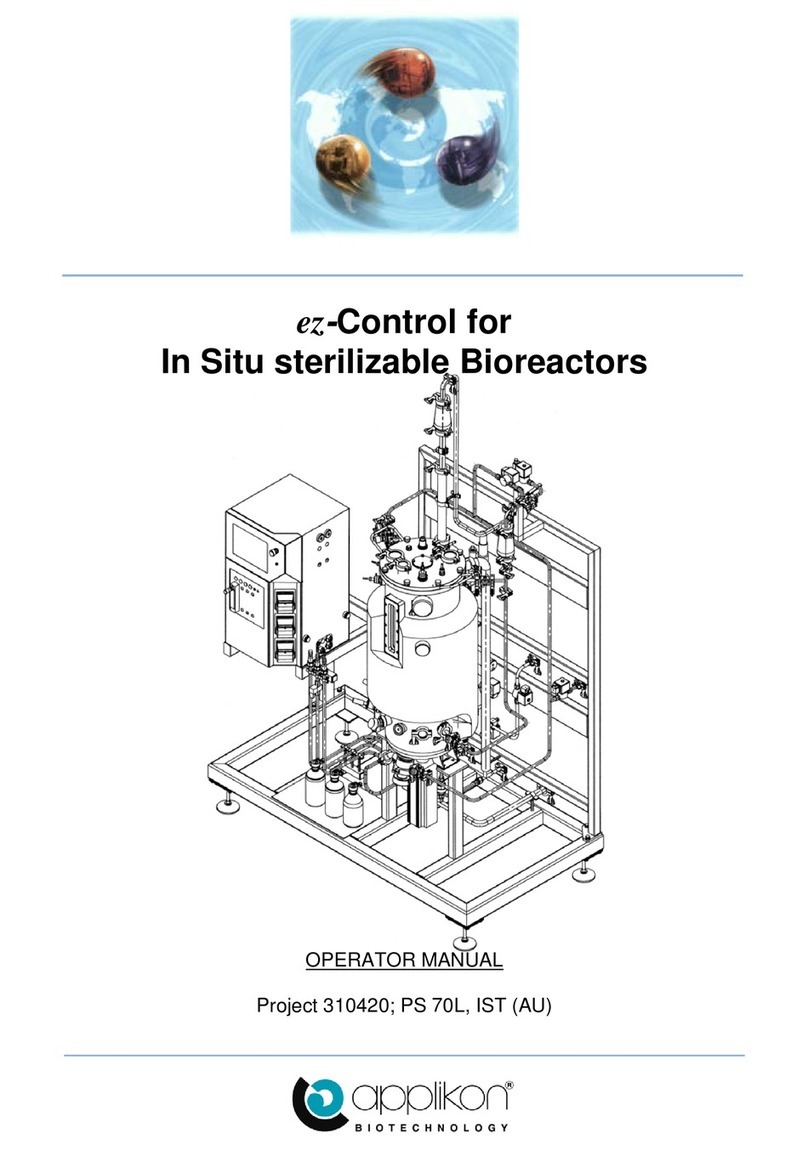
ADI 1075 Pilot System
December 2002
SAFETY CLASS I APPARATUS
This apparatus has been designed in accordance with
IEC1010-1 "Safety Requirements for Electrical Equipment
for Measurement, Control and Laboratory Use", and has
been supplied in a safe condition. The installation manual
contains information and warnings which have to be
followed by the user to ensure safe operation and to retain
the apparatus in safe condition.
Before switching the apparatus on, make sure that it is set
to the line voltage.
This apparatus is designed as an actuator console for bio-
process control; it must not be used for other purposes!
Caution:
Any interruption of the protective conductor inside or
outside the apparatus or disconnection of the protective
conductor terminal will make the apparatus dangerous.
Intentional interruption is prohibited.
Capacitors inside the apparatus may still be charged,
even if the apparatus has been disconnected from all
voltage sources.
Any adjustment, maintenance and repair of the opened
apparatus under voltage shall be avoided as far as
possible and, if inevitable, must only be carried out by
qualified personnel.
Make sure that only fuses with the required rated current
and of the specified type (IEC 127) are used for
replacement. The use of makeshift fuses and the short-
circuiting of fuse holders are prohibited.




























